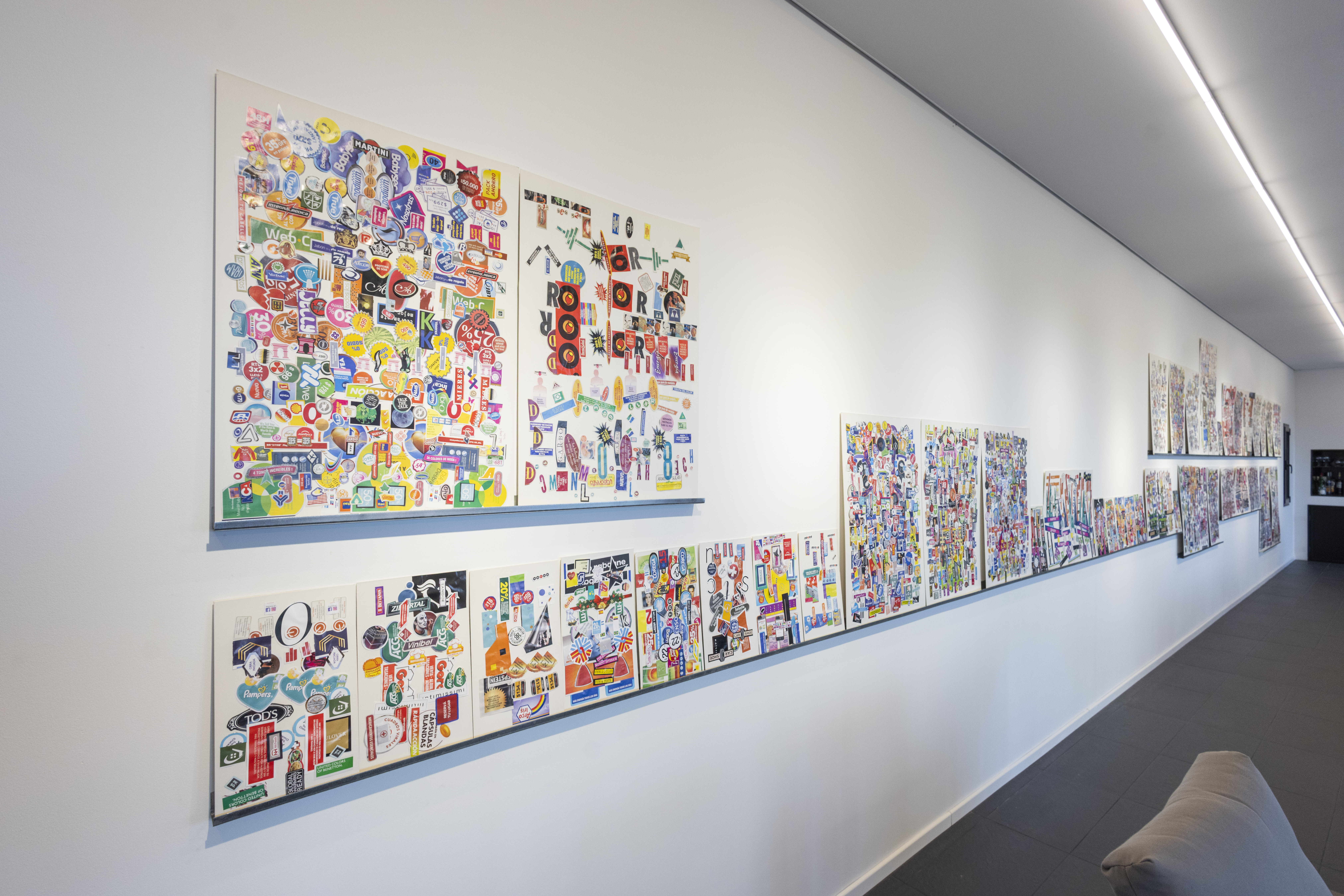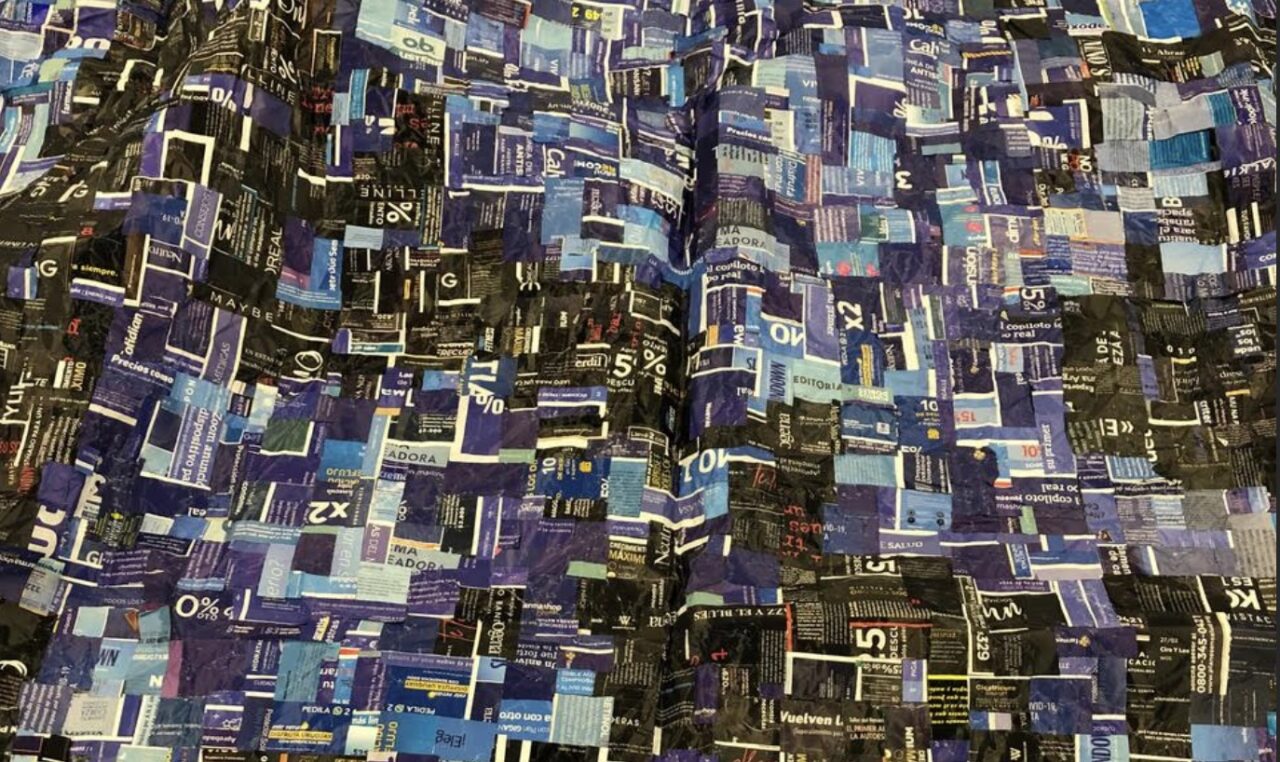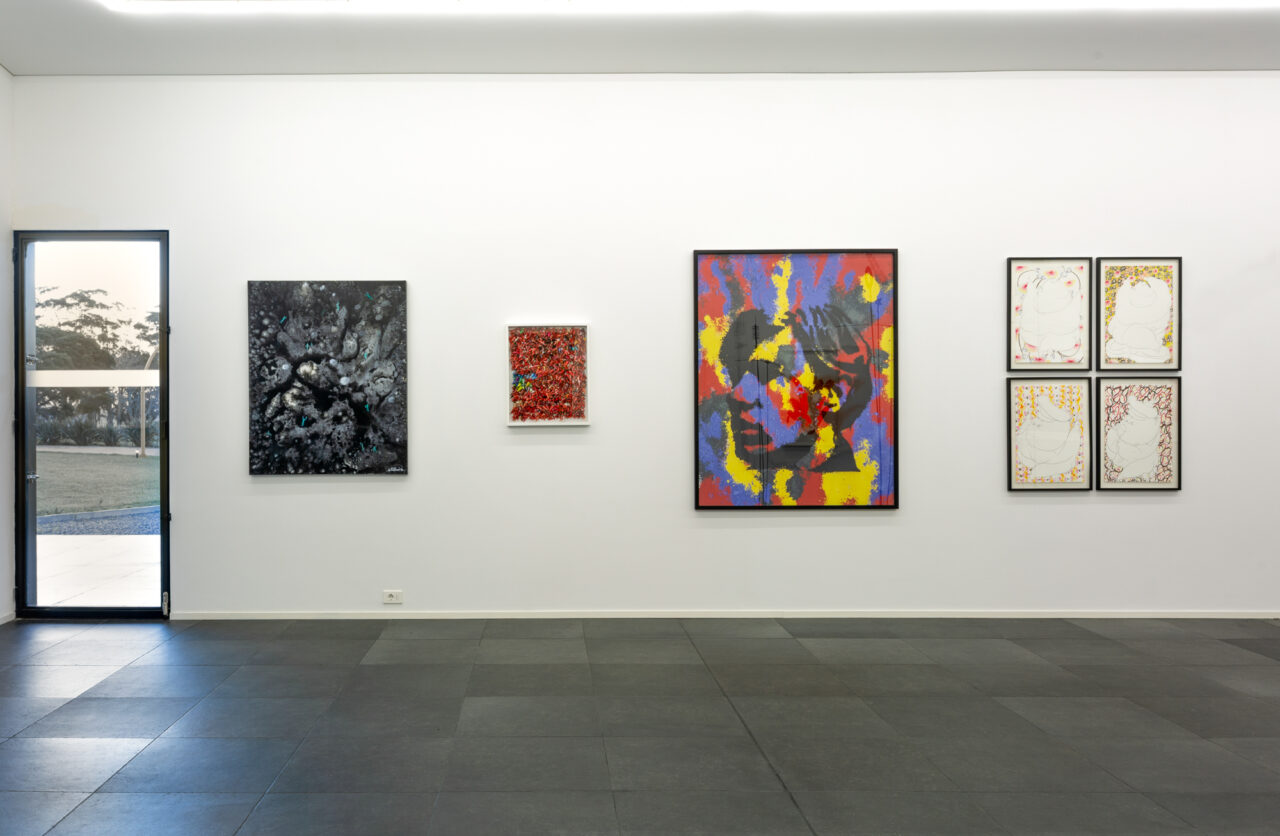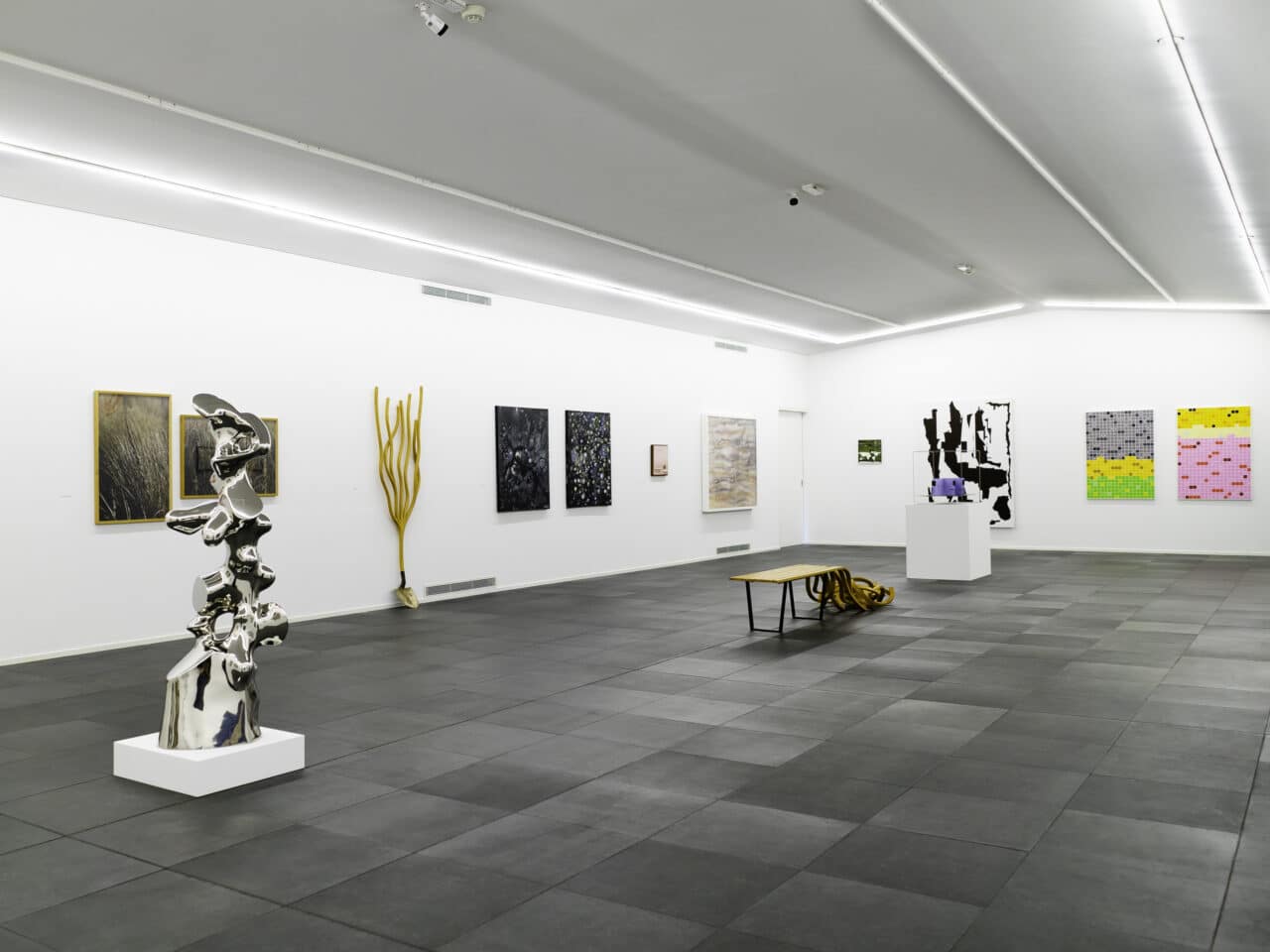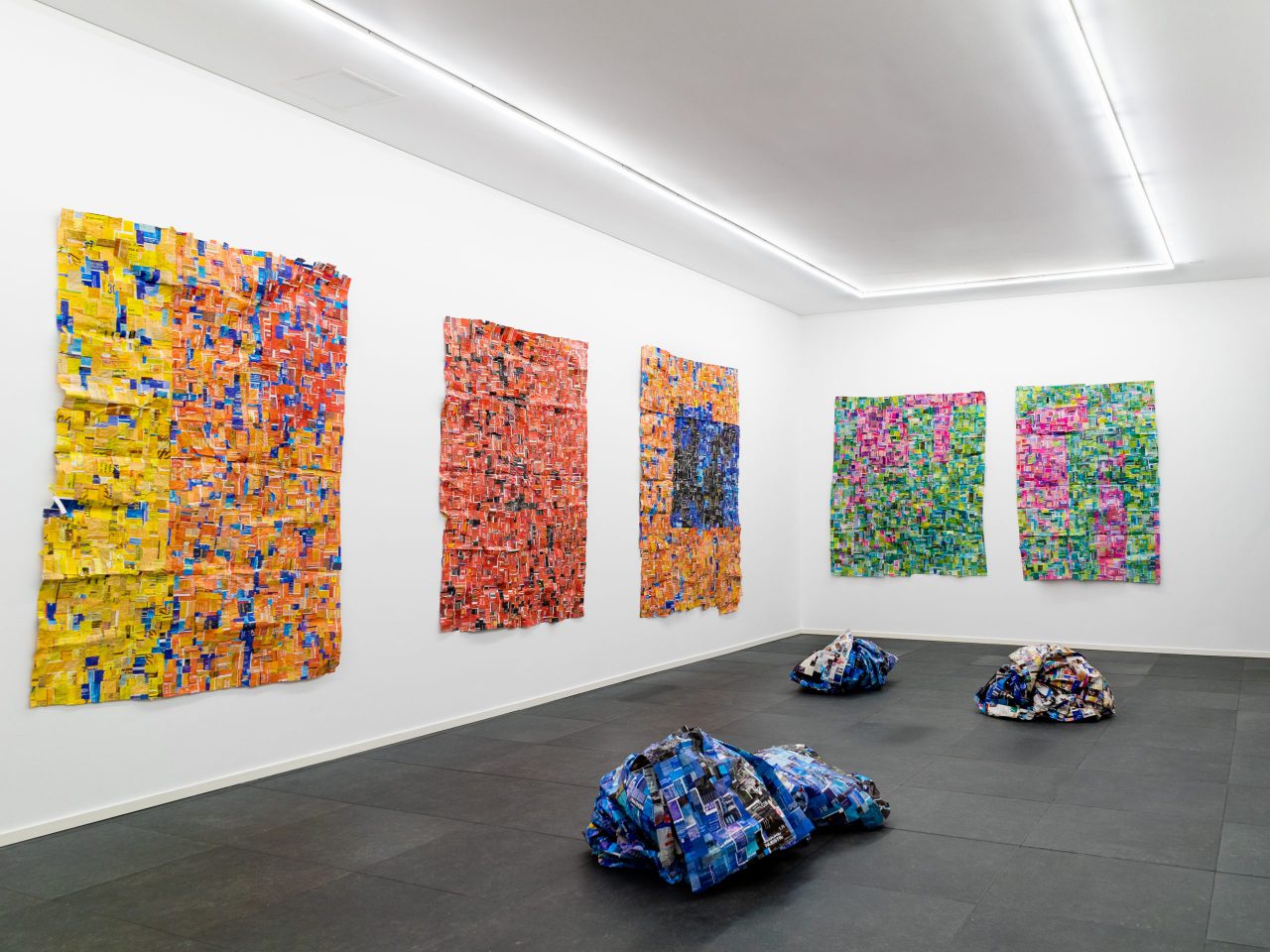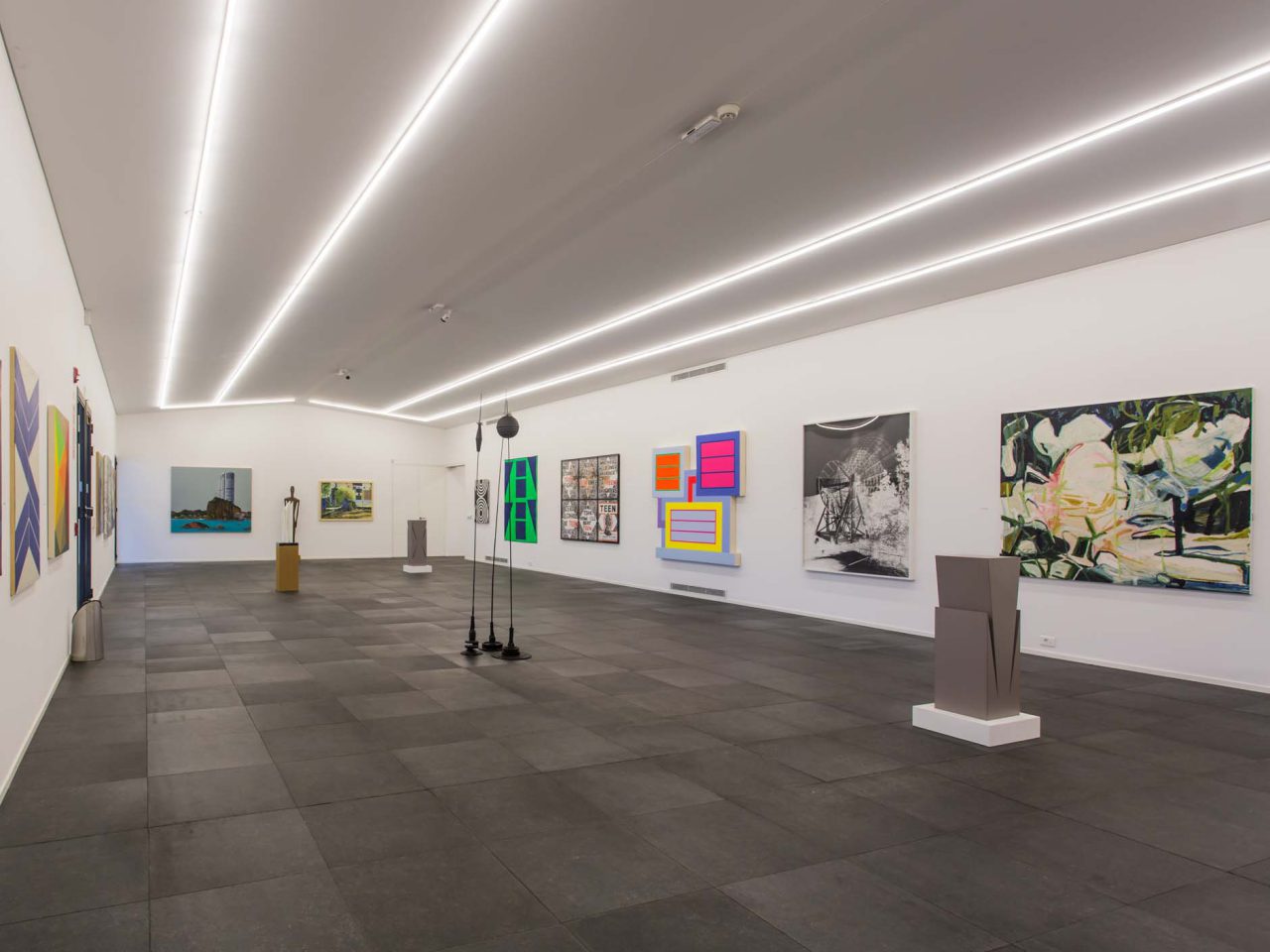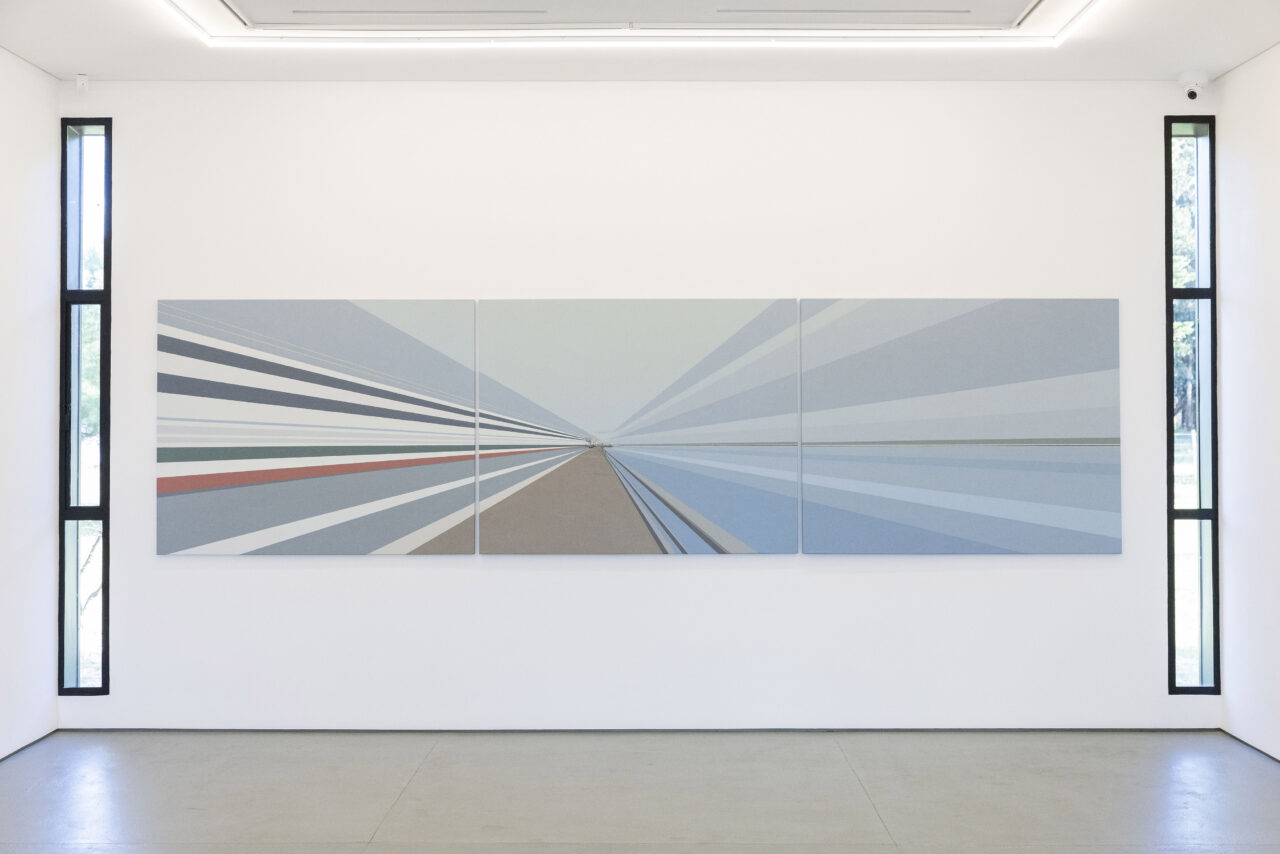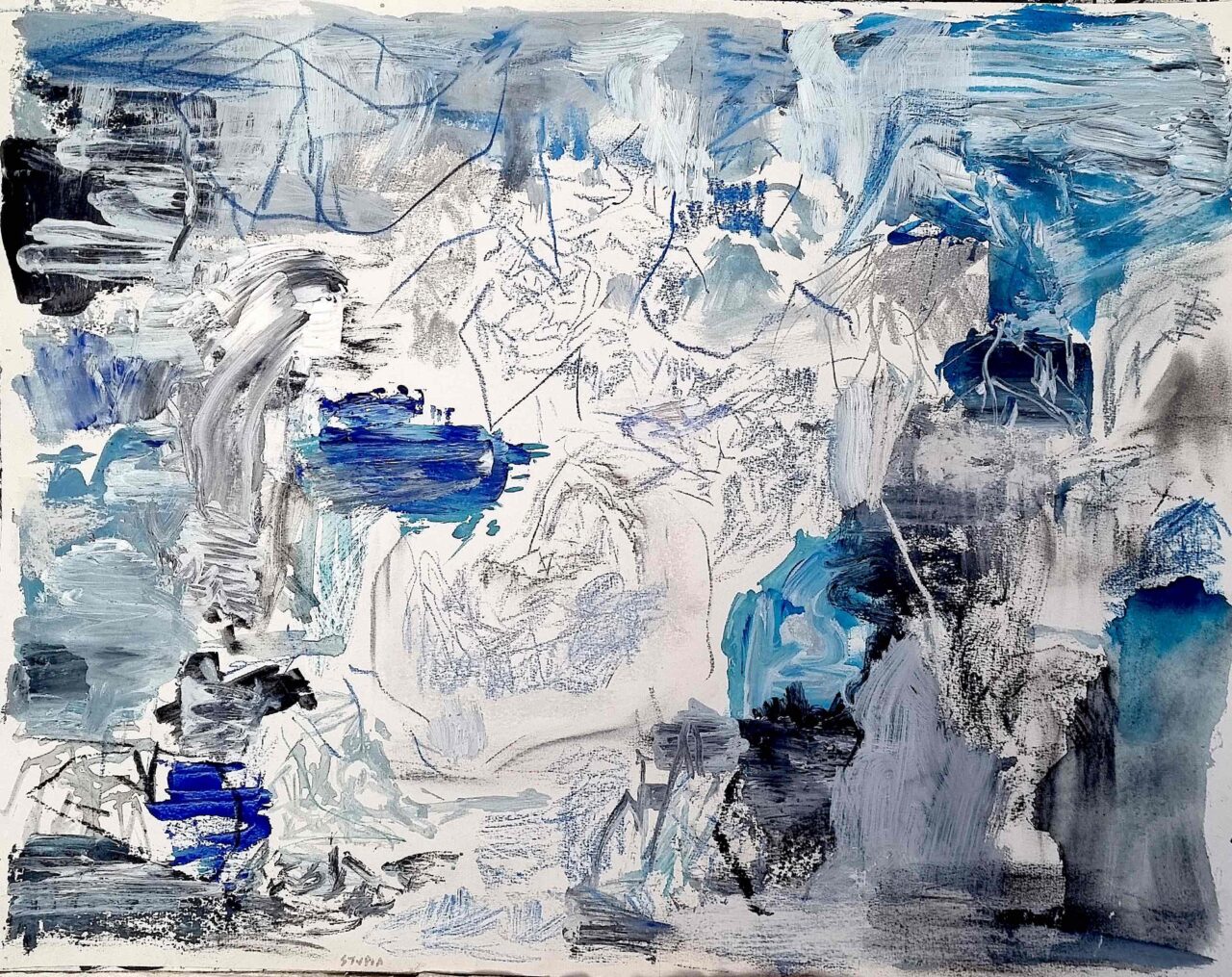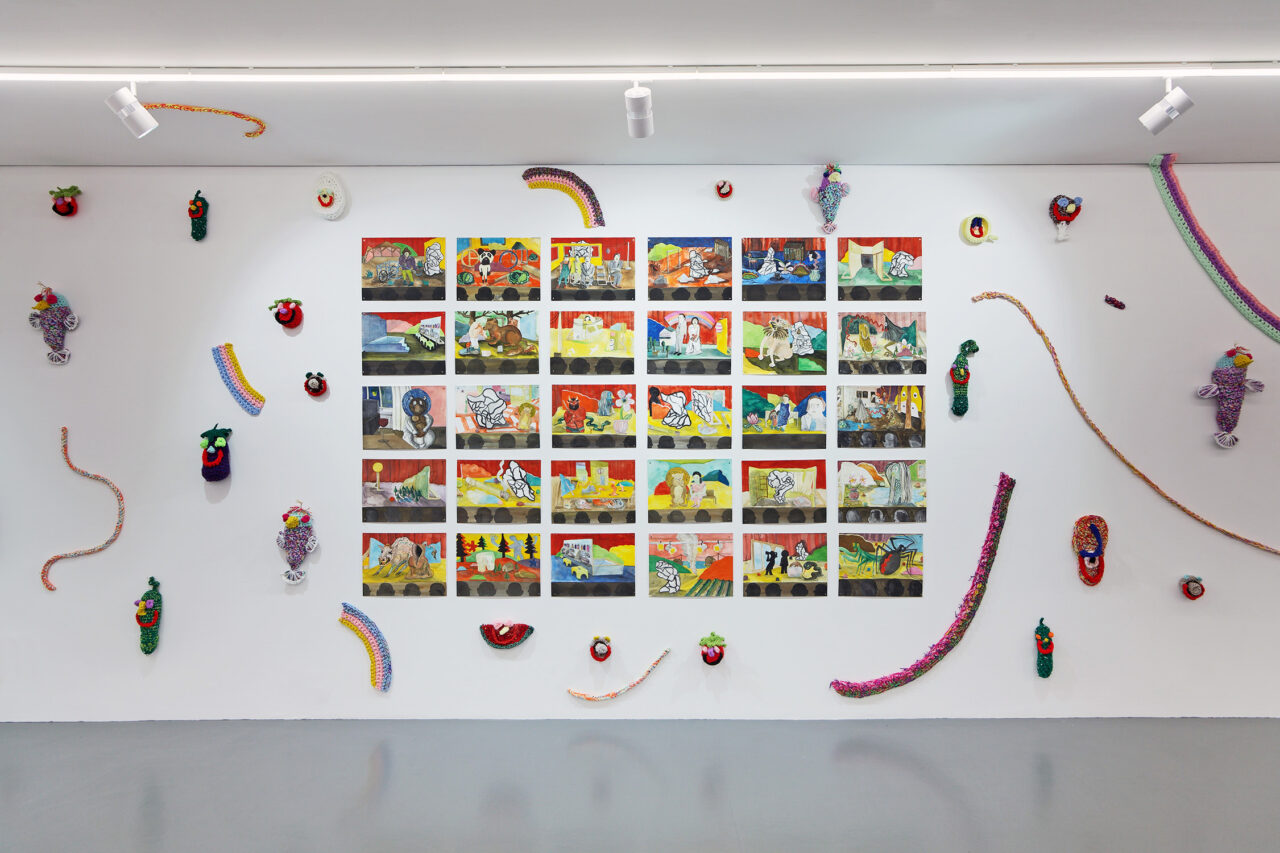Dani Umpi – Goblin Tasks
Dani Umpi
Goblin Tasks
09.03.25 → 03.05.25
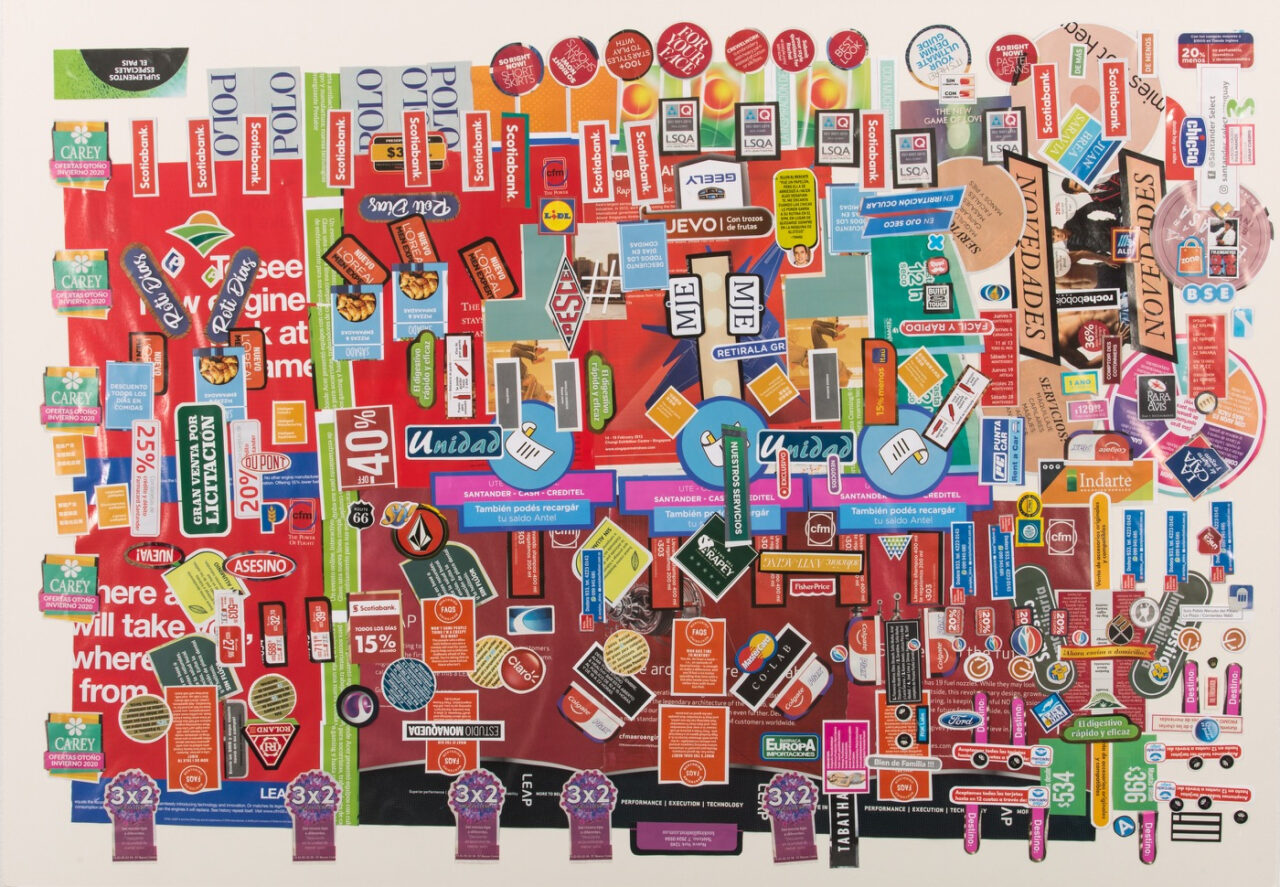
Opening on Sunday March, 2025 9 from 6pm
Over the years, we have crossed paths with Brazilian writer Maria Alzira Brum at art or book fairs. Distant events. Other encounters we have provoked ourselves, weaving our network of affinities around the theorization and fantasies surrounding the archetype of the goblin. Only an goblin can recognize another goblin. Goblins laughing at their own name. Both of us have always been told that we seem like goblins.
Whenever we can, we branch out into a constantly evolving theory about the “goblin’s craft.” What would it be? A book. A collage. A deformed bush as a metaphor for our creation and others; as a way to read creative processes, a form of relating, a speculative philosophical wildcard, playful, a way of life. It appears and disappears.
Goblins are, above all, language. Mutant forms of organizing, producing, and reading texts. “Figures that are texts. Texts that are figures,” that is Maria Alzira’s thesis. I think more about the Goblin that moves errantly on the borders, the elusive, the evasive, the intermediary, a translator between planes… I lean more toward that side without losing sight of the Goblin’s main goal: Guardian of matter. Custodians of hidden treasures. Traps. Distractions. Hermit and adventurer. A tightrope walker between uselessness and treasure, between the minute detail and expansive fantasy. It changes the value of things. Elevating the insignificant to the category of jewel or stripping away the importance of what was once considered sacred. How eager to bother!
For years, my artistic self-perception was anchored in the archetype of the Fool, inhabiting, conceptualizing, and creating from that role. It was a very interesting experience until I began to pay attention to the Goblin, a neighboring archetype, with less of a moralizing burden. One thing led to another, but the Goblin intervenes. It makes double movements. On one hand, it can be understood as an impetuous creation from the earth, from a specific place. But it also represents the transitory. A place of escape. A shifting territory with uncertain coordinates.
The Fool, in its predictability, is marked by drama, by the place it holds in society, the space it is allowed to act in, and all that. People who work with humor understand this perfectly. The Goblin is a little more elusive. It doesn’t need the “boom,” the resolution. The Goblin is a more fluid and dynamic figure, moving between anxiety and creative energy, constantly changing and in transition. This makes it a vital force. The Goblin is rotating, changing, not definitive. The Fool is trapped. The Goblin, by not being catchable (but still entering and exiting), brings into play the unpredictable, the creative spark. Without this, everything feels stifling. The Goblin doesn’t like that at all.
Collage, as one of the possible artistic practices of the Goblin, is an act of creation that resists coherence. “Coherence” as that human illusion of creating order. The Goblin’s work embraces disorganization and chaos. Each piece is a trigger, not an element that submits to a single truth. But don’t take it too literally! Generally, everything is quite intertwined. An accumulation with order. You have to add and remove axes, give it form, give it a story. In the chaos of objects, in their disorder, there are stories waiting.
The Goblins re-enchant objects by removing them from their context or returning their lost shine. They enchant houses. The enchantment of raw matter, with no intrinsic
value, but when transformed, it takes on new meaning. The Goblins propose riddles, hiding spots, and traps that can immobilize our mind, our attention, preventing us from moving forward. Be careful! That metaphor also speaks, among other things, about the obsession with the material or the immediate, diverting our attention from the bigger picture, not allowing us the opportunity to shift our perspective. Goblins are everywhere.
The Goblin’s trap is also an invitation not to get caught in the cycle of the immediate, an escape, a portal, an escape to look beyond, to the connections between elements and their interpretations in continuous reorganization. Sometimes they are loved, and other times feared. It is a highly disparaged, minor archetype.
The Goblin escapes. Classifying data, objects, stories through multiverses with criteria that are not very fixed or stable, we might say. Interestingly, books about goblins often insist on classifying them, trapping them in categories. People love to classify goblins, and goblins love to classify people. The thing with compartments, classifications, and all that doesn’t usually end very well. It’s well known. Goblins are essential for these times; otherwise, how would you leap? An order that unravels the moment it is named. It’s a theory we’ve just begun to think about. It’s still lacking. It’s lacking.
Dani Umpi
